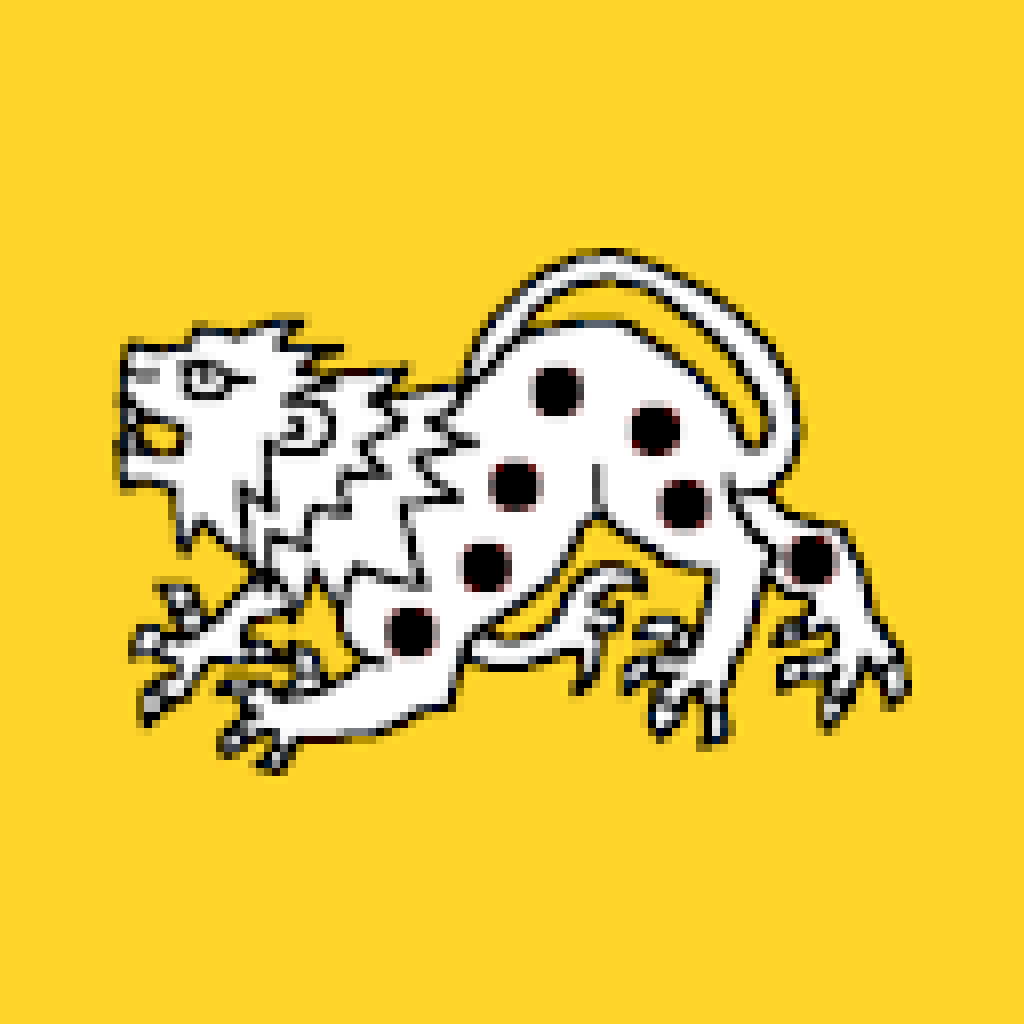

In this work, Benioff showed that a computer could operate under the laws of quantum mechanics by describing a Schrödinger equation description of Turing machines, laying a foundation for further work in quantum computing. The paper was submitted in June 1979 and published in April 1980. Paul Benioff describes the first quantum mechanical model of a computer.(The paper was submitted in 1975.) It is one of the first attempts at creating a quantum information theory, showing that Shannon information theory cannot directly be generalized to the quantum case, but rather that it is possible to construct a quantum information theory, which is a generalization of Shannon's theory, within the formalism of a generalized quantum mechanics of open systems and a generalized concept of observables (the so-called semi-observables).

Polish mathematical physicist Roman Stanisław Ingarden publishes a seminal paper entitled "Quantum Information Theory" in Reports on Mathematical Physics, vol.Poplavskii publishes "Thermodynamical models of information processing" (in Russian) which showed the computational infeasibility of simulating quantum systems on classical computers, due to the superposition principle. Bennett shows that computation can be done reversibly. Alexander Holevo publishes a paper showing that n qubits can carry more than n classical bits of information, but at most n classical bits are accessible (a result known as " Holevo's theorem" or "Holevo's bound").James Park articulates the no-cloning theorem.(published in ACM SIGACT News 15(1):78–88) Stephen Wiesner invents conjugate coding.


 0 kommentar(er)
0 kommentar(er)
